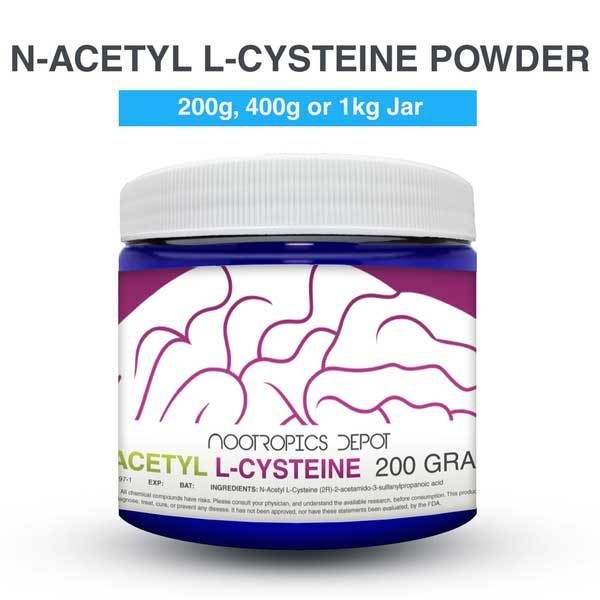N-acetylcysteine (NAC)
N-acetylcysteine reduces lipopolysaccharide-sensitized hypoxic-ischemic brain injury
Authors Xiaoyang Wang MD, PhD, Pernilla Svedin MSc, Chunxia Nie MD, Risto Lapatto MD, PhD, Changlian Zhu MD, PhD, Malin Gustavsson PhD, Mats Sandberg PhD, Jan-Olof Karlsson MD, PhD, Roberto Romero MD, Henrik Hagberg MD, PhD, Carina Mallard PhD
Results
NAC (200mg/kg) provided marked neuroprotection with up to 78% reduction of brain injury in the pre+post-HI treatment group and 41% in the early (0 hour) post-HI treatment group, which was much more pronounced protection than another free radical scavenger, melatonin. Protection by NAC was associated with the following factors: (1) reduced isoprostane activation and nitrotyrosine formation; (2) increased levels of the antioxidants glutathione, thioredoxin-2, and (3) inhibition of caspase-3, calpain, and caspase-1 activation.


Reviews
There are no reviews yet.